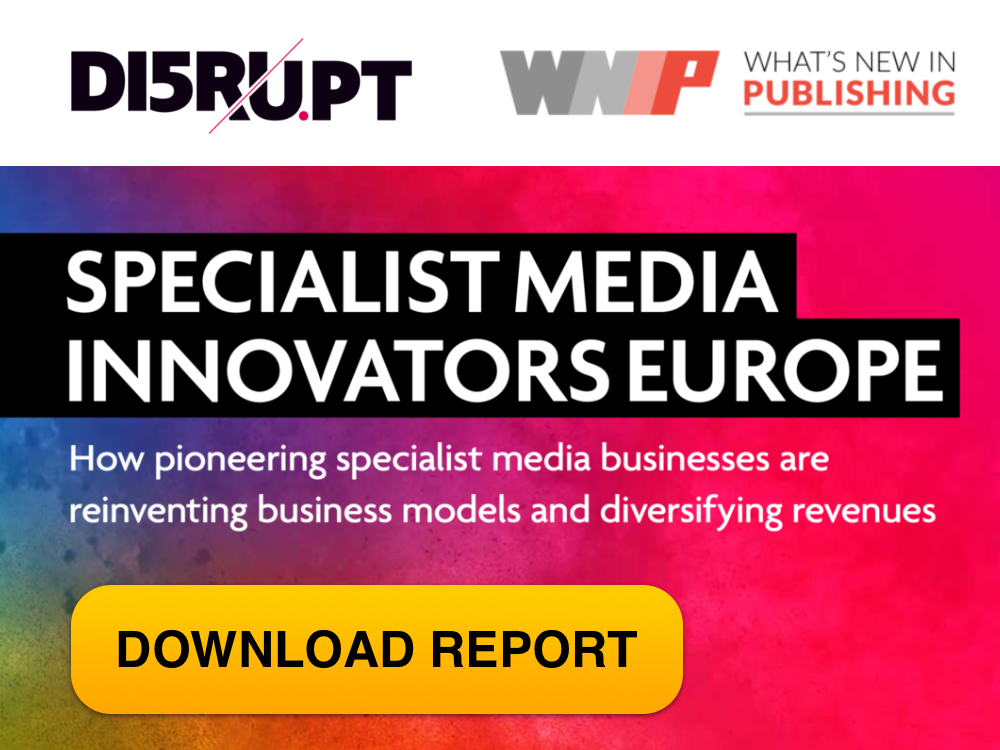|
Getting your Trinity Audio player ready...
|
OPINION
Even though it’s been months (granted: every day feels like years these days) since Google announced that third-party cookies would be phased out on Chrome, many marketers and publishers remain unprepared for the ball to drop in 2022.
While the findings of our study that polled mid-to-small sized marketers and publishers found nearly two-thirds (64%) of them are at least somewhat concerned about the future of advertising post-third-party cookies, it also revealed that the ecosystem is not yet taking the necessary steps to find a reliable solution.
How are marketers and publishers currently planning?
Today, 79% of respondents still rely heavily on third-party cookies for their marketing and only 32% of respondents are confident in their plan for resolving identity in the future, leaving a stunning 68% unsure or still working on a solution.
Truly bracing for the end of third-party cookies requires thoughtful strategic analysis and many hours of meetings to discuss. However, to date, 82% of respondents have had less than five meetings about the subject this year and the C-suite was involved less than a third of the time.
Despite this lack of planning, 87% of respondents feel they will have an identity solution in place within a year, suggesting that marketers will be scrambling closer to the phase-out date to make sure everything is in place. In an era of change, waiting until the last minute to address something as important as how to effectively advertise in the digital ecosystem is unwise.
What is the replacement?
No easy solution or one-to-one replacement for the third-party cookie exists and most respondents understand that it will be a combination of assets. The three biggest assets that respondents believe will be used to resolve identity after cookies are the email address (29%), first-party data collected directly by the publisher (25%), and the Universal ID 2.0 that the Trade Desk, Index Exchange, and Magnite have begun to roll out (22%).
There’s no doubt that there will be many approaches to identity. Different entities will have different, proprietary solutions to match their organization’s needs and assets for building identity frameworks but all of them will be centered around first-party data. Regardless of how each publisher or advertiser approaches identity, the key is being able to have a bridge to the ecosystem for their first and third-party data using media assets they already own and control. This way, publishers and brands can control their destinies using the hard-earned assets they’ve won themselves in pursuit of compelling content.
What’s the next step?
This requires urgency. When determining which identity solution to work with, publishers and brands should ask themselves several key questions. They include if customers come first for you, where the provider’s data sourced is sourced from, what the provider’s linkages recency and frequency are, what the provider is modeling, and if, overall, the graph being offered will help you achieve your goals.
Brands and publishers have a unique opportunity to shape their futures in an era of third-party cookie deprecation. It’s time to accept that the world of marketing is changing, and plan accordingly. In this way, they can avoid the stress of last-minute cramming, and build an identity framework that incorporates all the assets they will need to prepare. Before third-party cookies are fully phased out in 2022, marketers and publishers must take their hands out of the sand.
Kerel Cooper
SVP, Global Marketing at LiveIntent
LiveIntent is one of the world’s largest people-based marketing platforms, connecting 2,500 publishing and advertising brands with over 290MM verified people every month across all types of media. With the anonymized email address at the center of its industry-leading identity graph, LiveIntent provides brands with solutions that help them monetize, acquire, and retain real people, even where cookies don’t work. LiveIntent enriches a brands’ data, making it possible for them to deepen their understanding of their audiences, and more effectively market to people wherever they are present and paying attention. LiveIntent is home to over 160 people worldwide with offices in New York, Los Angeles, Detroit, Berlin, and Copenhagen.



